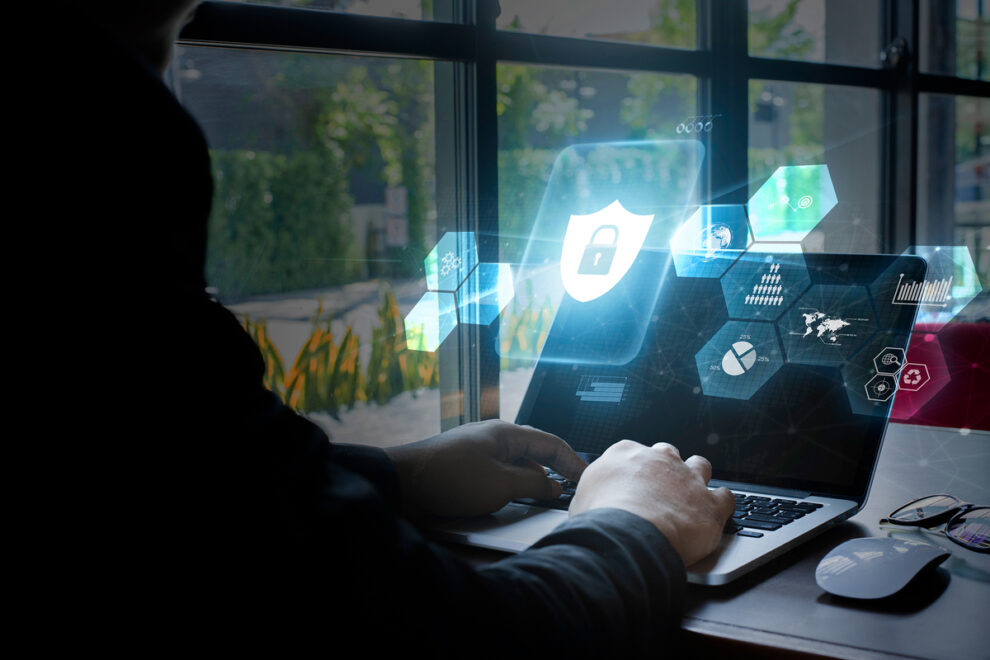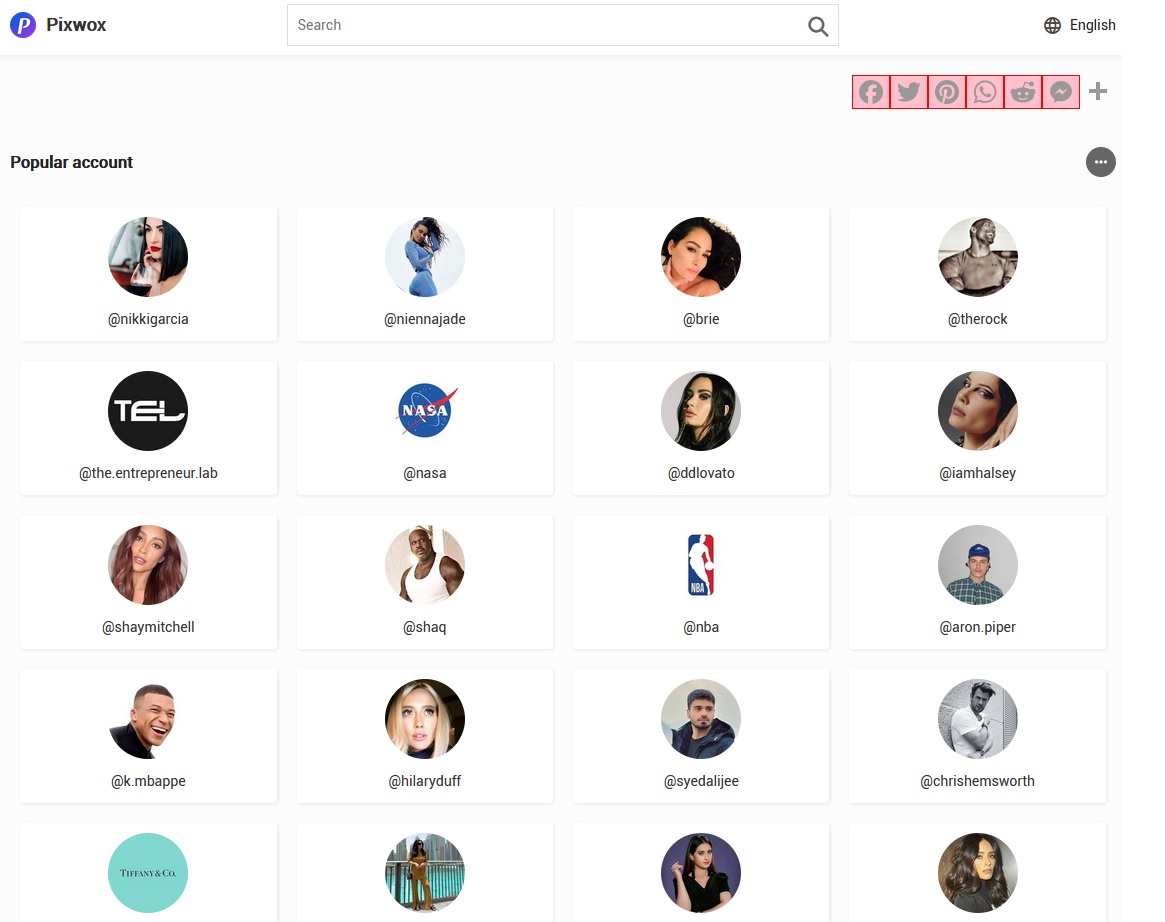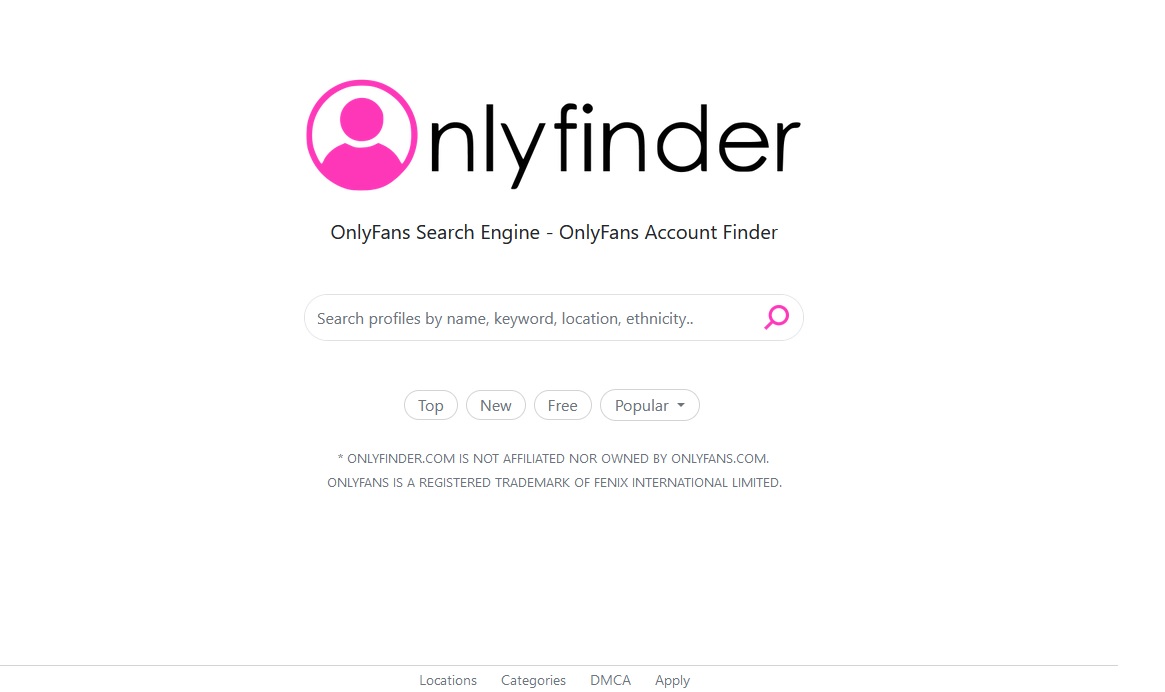Modern-day enterprise databases are highly sophisticated and consistently changing over the last couple of decades. We can see that relational databases are so common now, and there are non-relational databases too into practice. Latest database technologies allow the users to view data in dynamic ways and make use of the same for business intelligence and analytical purposes. The most common query language for databases is SQL or structured query language. SQL lets the users raise queries to the database service and get it executed in real-time.
This flexibility causes some major vulnerable vulnerabilities too when it is not securely implemented. All the database systems are connected to the end-users directly, and the data is fetched through various applications. In private networks, physical security is usually all you need to protect data. To improve the performance and security of the databases, companies are choosing various models as below.
Physical models in data security
- One-tier model – In this single-tier model, databases and applications are kept in a single system. It is common on desktop systems running as standalone databases. Unix implementations also used to work in this manner in which each user would sign into the terminal and run the dedicated applications which access the data.
- Two-tier model – In this model, the client workstations and applications communicate with the database, running on a different server. It is a very common implementation that works fairly well for almost all types of applications.
- Three-tier model –This model can effectively isolate the end-user from the parent database with a middle-tier server. This server will accept the users’ request, evaluate it, and then send it to the database server for processing. The database server will further send the data back to the middle-tier server, then transferred it to the user system. This approach is so popular today, whereas the middle-tier server can effectively control the access to the database and act as an additional security layer.
Identifying and classifying sensitive data
To ensure effective data protection, you must know accurately what all types of data you are managing. The data discovery technologies will scan your data repositories and report their findings. With this, you can organize the data into various categories by using data classification processes. The data discovery engines use regular expressions to conduct searches, which is very flexible but complicated to create.
Usage of data discovery technology will help you effectively control the user access to critical enterprise information and avoid storing it in any unsecured locations. It further reduces the risk of any unauthorized data exposure or data loss. All the sensitive data must be labeled clearly by using digital signatures to be protected by each data’s value. There are many third-party tools like Netwrix Data Classification, which will make the data discovery and classification processes much easier and accurate.
Have a data usage policy in place
Data classification and labeling are essential for data security management, but this alone may not suffice the need. You need to have a comprehensive policy, which specifies the data access types, conditions for data access based on various classifications, who is authorized to access the data, what all constitutes the correct usage of the data, and so on. You need to specify the consequences of the policy violations, and all this information should be shared with all levels of data uses. For remote database administration and data security policy administration, you can consult RemoteDBA.com.
Controlling access to sensitive data
You need to establish appropriate access controls also to limit access to your data. The access controls should effectively restrict access to the information based on the set principles of least privilege. The users need to get only those privileges, which are important to perform their intended function. In this approach, every user has access to only the bare minimal information needed to do their primary tasks well. This approach will help you to ensure that only the appropriate personnel get access to the needed data. Access control can be made physical, administrative, or technical.
Administrative controls on data
Administrative access controls comprise a set of policies and procedures, which all the data users should follow. A strict security policy will list all the considered acceptable actions, the level of risk the enterprise is willing to undertake, and the penalties in case of any violation. This policy has to be compiled by an expert who fully understands the business objectives and the regulatory compliance needs. A supervisory structure is a crucial part of implementing administrative controls. All organizations make their higher-level managers or supervisors responsible for such activities. If any employee violates administrative control, the supervisor also should be held accountable for the same.
Technical controls
Even if the administrative controls are there, there are still possibilities that users may violate it and try to gain access to restricted data. For this, there should be technical controls also in place. You have to clean the user logs after the sessions time out thoroughly, or else you can use encrypted RAM drives for data protection. Sensitive data should not be stored on any portable systems. All the systems must require a login of some kind and set conditions to lock the system if any suspicious user activities are found. User permissions should also be set at different levels as full-control access, edit access, read-only access, write-only access, etc. Each folder must ask for these types of permissions, which will enable the users to perform only the desired activities on the data.
Along with these measures, you need to maintain the security devices and methods for data loss prevention. It will serve your business in the long run and give you ample benefits. Your business will streamline giving better results. The measures like network access control, proxy server, physical control measures, laptop security, mobile device security, network segregation, video surveillance, locking mechanism, etc., should be there in place along with the technical controls.








Add Comment